Don Moore’s Photo Album: Chota, Peru
by Don Moore
More of Don’s traveling DX stories can be found in his book Tales of a Vagabond DXer.
For DXers of Latin American stations, the period from about 1978-1998 was the golden age of DXing Peru. Those years saw an explosion of shortwave broadcasting from small towns, especially in northern Peru. Most of the stations were unlicensed and few lasted long. I tell the complete story of the period in Tales of a Vagabond DXer. However, the book doesn’t have many pictures as that would have made it much more expensive to produce and to buy. Fortunately, this blog is a perfect place to share photographs.
In those days one of the biggest radio hotspots in Peru was the department of Cajamarca. Over one hundred stations broadcast on shortwave, however briefly, just from that department. Cajamarca is a special place to me because I visited the region in 1985 during the height of the radio boom and visited over a dozen stations in the towns of Chota, Bambamarca, Cutervo and Celendín and the city of Cajamarca.
Chota is the largest town in the central part of Cajamarca department and played an important role in the development of broadcasting in small provincial towns. It’s about 140 kilometers north of Cajamarca but in between is cold barren Andean altiplano rising to over 4,000 meters elevation. In 1985 the bus ride took twelve hours and we encountered ice storms coming and going.
In 1985 Chota was a sleepy Andean town in a fertile river valley.
Radio Chota was already seven years old when I visited in March 1985. The station only had a medium wave license but also broadcast unlicensed on the out-of-band shortwave frequency of 6296 kHz where it was widely heard by DXers. Later they received a shortwave license and were assigned 4890 kHz but several years passed before they actually switched frequencies. Radio Chota was a success story and is still on the air today. Most of the stations I visited in 1985 were not so lucky.
Radio Chota as heard on 6296 kHz in 1982 via On the Shortwaves:
Radio Chota as I heard it in Quito, Ecuador on 4890 kHz in 1997:
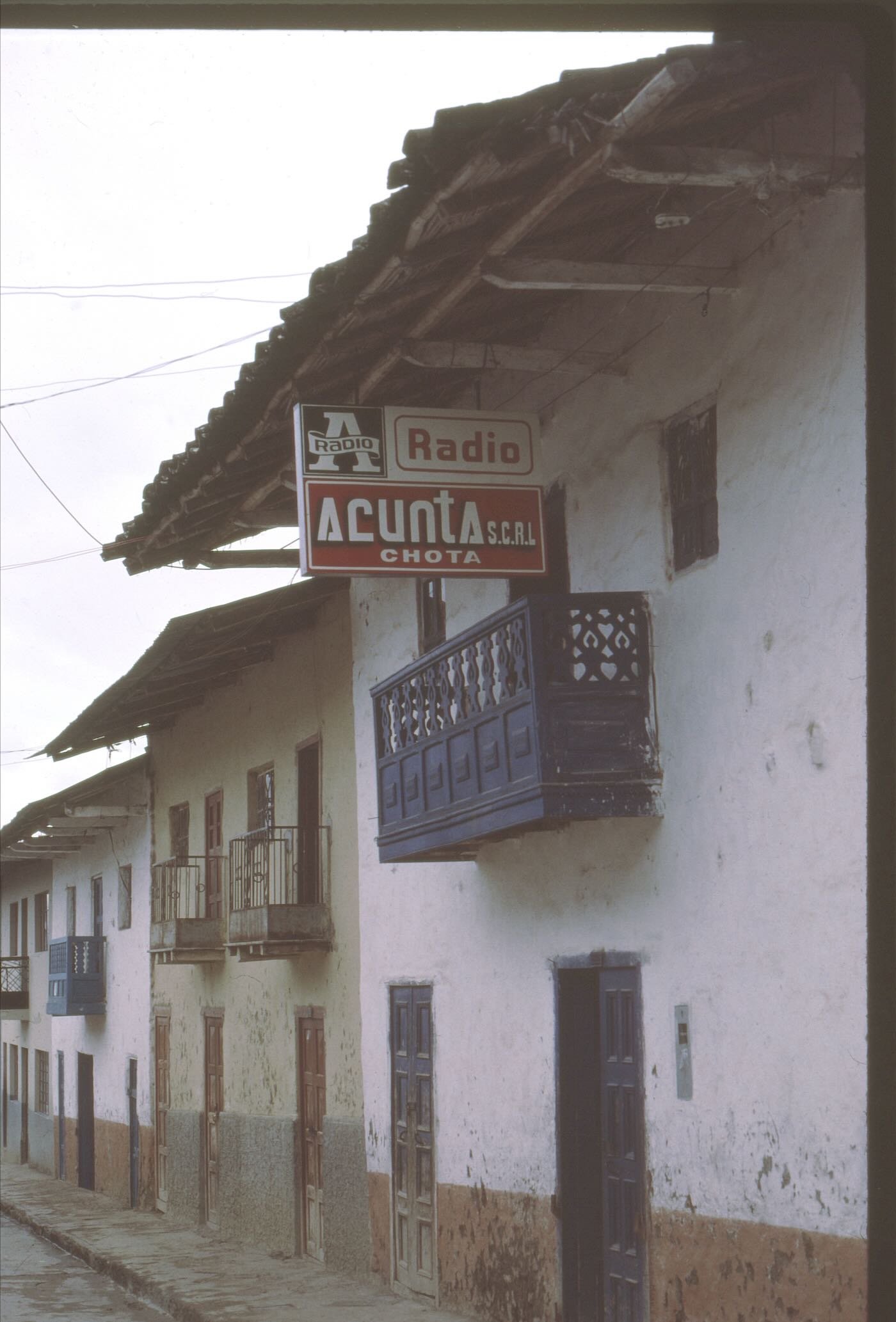 Radio Acunta was a more typical broadcaster of the period. The station broadcast irregularly in 1984 and 1985 with a homemade 100-watt transmitter. The station didn’t survive but the transmitter with its crystal-controlled frequency of 5800 kHz was a good starter set. Over the next several years DXers followed its movements around northern Peru as it was sold from one would-be station to another.
Radio Acunta was a more typical broadcaster of the period. The station broadcast irregularly in 1984 and 1985 with a homemade 100-watt transmitter. The station didn’t survive but the transmitter with its crystal-controlled frequency of 5800 kHz was a good starter set. Over the next several years DXers followed its movements around northern Peru as it was sold from one would-be station to another.
This picture with the homemade posterboard signs really captures the transient nature of broadcasting in rural Peru in the 1980s. Radio San Juan de Chota was on 5274 kHz for a few months in late 1984 and early 1985. I doubt they ever had permanent signs made. They did, however, have professionally printed envelopes.
Recording of Radio San Juan de Chota via On the Shortwaves:
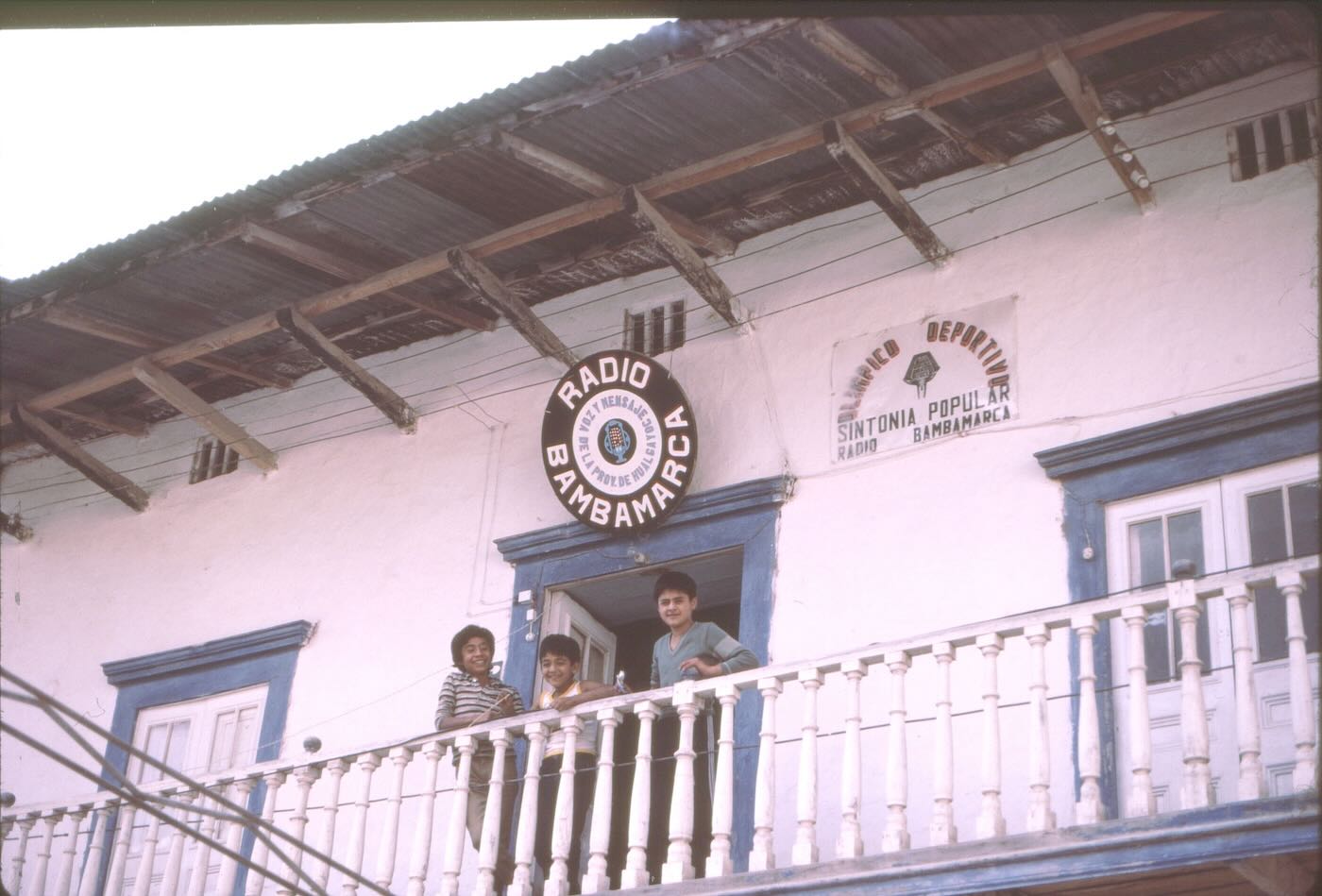 Bambamarca is a smaller farming town 20 kilometers south of Chota. It was also home to several shortwave stations over the years. Radio Bambamarca had a short appearance on 5657 kHz in the mid-1980s.
Bambamarca is a smaller farming town 20 kilometers south of Chota. It was also home to several shortwave stations over the years. Radio Bambamarca had a short appearance on 5657 kHz in the mid-1980s.
Return to Chota
I always expected to return to the Cajamarca area someday. Finally, in November and December 2017, I revisited all the places I had seen in 1985 and more while researching my historical travelogue Following Ghosts in Northern Peru. A few months later, in May 2018, I returned to the city of Cajamarca and Chota with my DX travel buddies, John Fisher and Karl Forth.
Today a two-lane paved road runs from Cajamarca to Chota and the trip takes just four hours by bus. Just before climbing to the high altiplano, the road passes through the huge Yanacocha gold mine. The complex is a series of open pit mines over fifteen kilometers wide. The mine has brought jobs and money to the region but also extensive environmental problems including an increase in birth defects and contamination of water supplies used by area farmers.
The Chota I encountered in December 2017 was very different than the one I remembered. It’s now a small city with over 50,000 inhabitants. The central plaza is flanked by multi-story buildings. Several buildings elsewhere in town are over ten stories high. But Chota still has a vibrant traditional street market where campesinas in traditional dress sell bundles of alfalfa. In many ways Chota still feels like a small mountain town. The alfalfa, by the way, is used to feed cuy, or guinea pigs, which townspeople raise in small pens behind their houses. Roast guinea pig is a popular dish in the Andes.
One of the many things that has changed is that the days of uncontrolled slapdash broadcasting are long gone. All of Chota’s over thirty broadcasting stations are licensed and professionally operated. A few transmit on medium wave but most are on FM. There hasn’t been any shortwave from the region for a long time. Most of the FM stations aren’t local but rather relays of larger stations in Lima or religious organizations. Despite the huge increase in competition, Radio Chota remains one of the most listened-to radio stations in the region. They have over four decades of experience in providing the people of Chota what they want to hear.
Radio Chota had moved at least once since my 1985 visit. In 2017 they were here at 680 Jirón Santa Rosa, a few blocks east of the plaza. The sign on the balcony is the same one from my earlier visit. Google Street View from 2013 also shows them on Santa Rosa with the sign hanging in front. According to their Facebook page the station is now at 709 Jirón San Martín.
DXers John Fisher, Karl Forth, and Don Moore being interviewed live on Radio Chota in May 2018.
More Views of Chota
It’s easy to come across other radio stations while wandering the streets of Chota. But the only other station I visited was Radio Estelar as I wanted to meet Leoncio Díaz Tapia. Señor Díaz was one of the founders of Radio Chota and I believe I met him in 1985. He later sold his share and went on to start his own station in Radio Estelar.
Peeling potatoes in the market.
Chatting in the park.
Yarn store in Bambamarca.
Side street in Chota.
These woven carry-all bags are traditional to the region around Chota.
I have no idea as to whether or not I’ll ever return to Chota. As I write this, I plan to spend March 2025 in northern Peru. Even with the new paved road, Chota is an out-of-the-way destination. But if I have time I’d like to see the town one more time. And I know that if I do I’ll still want to visit it one more time after that.
Links
- Radio Chota Audio Stream
- Radio Chota Facebook page
- Radio Chota website
- For its 30th anniversary in 2008, Radio Chota issued this 200-page PDF book. It’s entirely in Spanish but there are a lot of good photos.
- Radio Estelar Facebook page
- The Ministerio de Transportes y Comunicaciones posts current lists of Peruvian medium wave, shortwave, and FM stations on its website. They are compiled in frequency order by departments and provinces.
- Video of 2018 visit to Radio Chota by Japanese DXer Takayuki Inoue Nozaki
- Short drone video tour of Chota

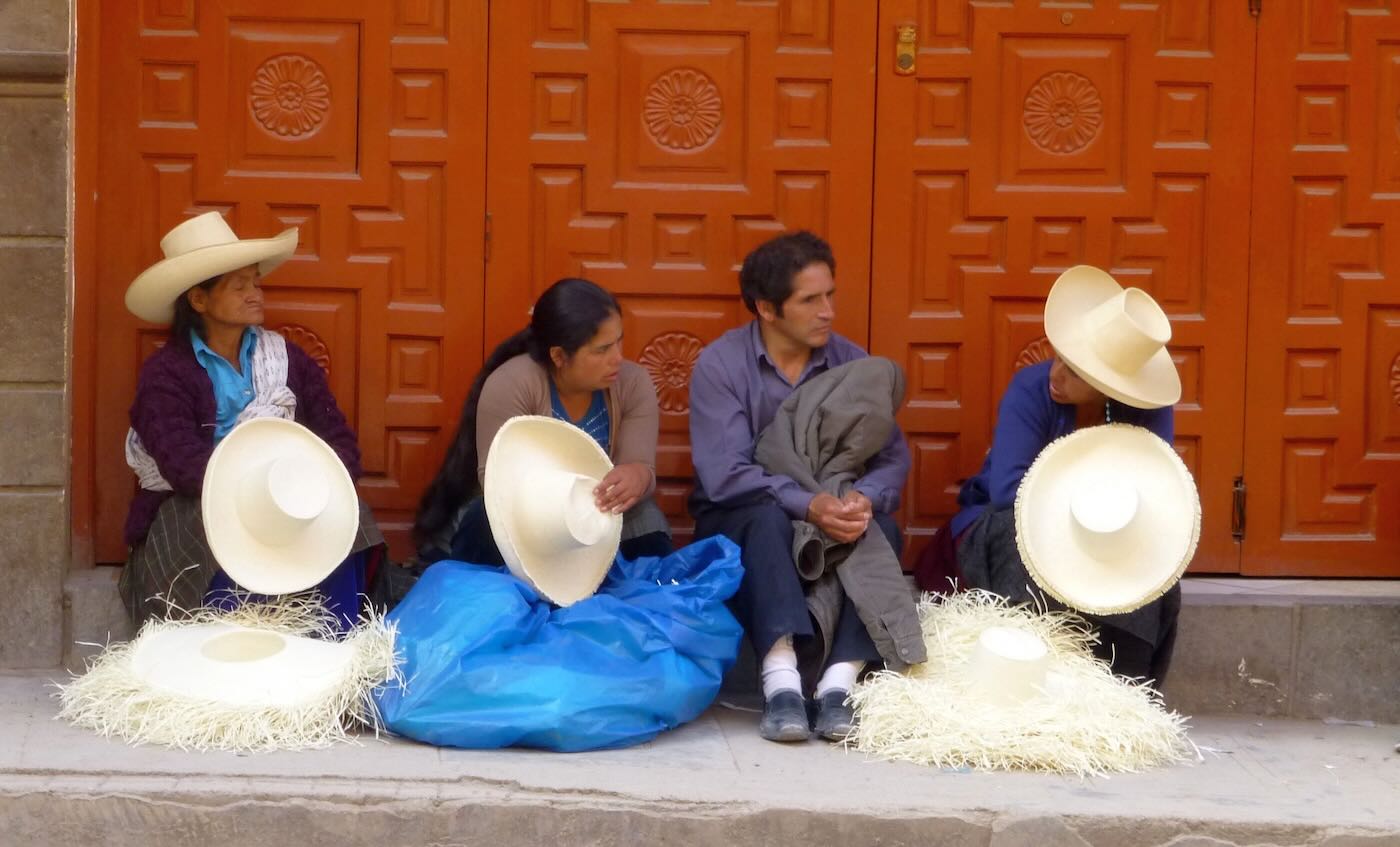
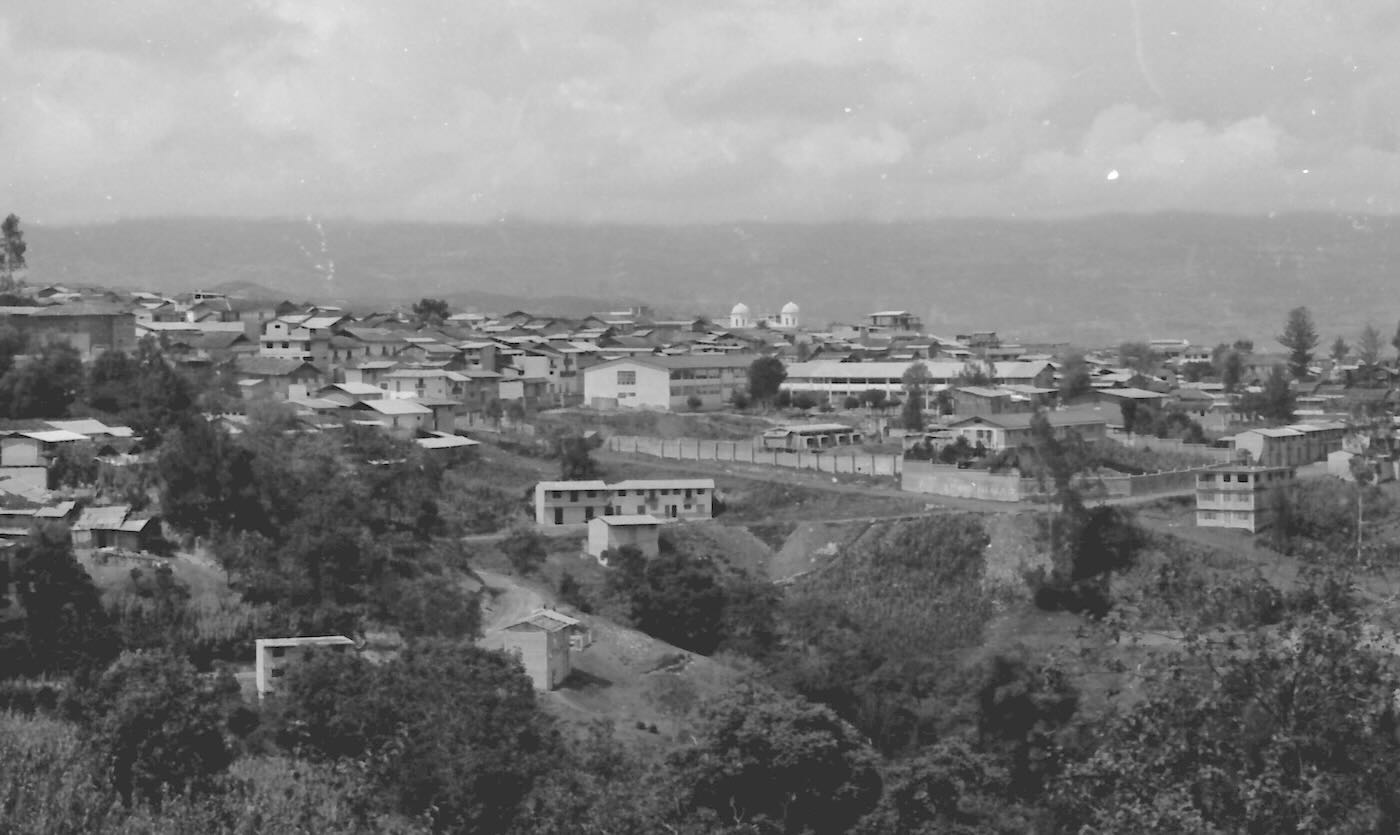
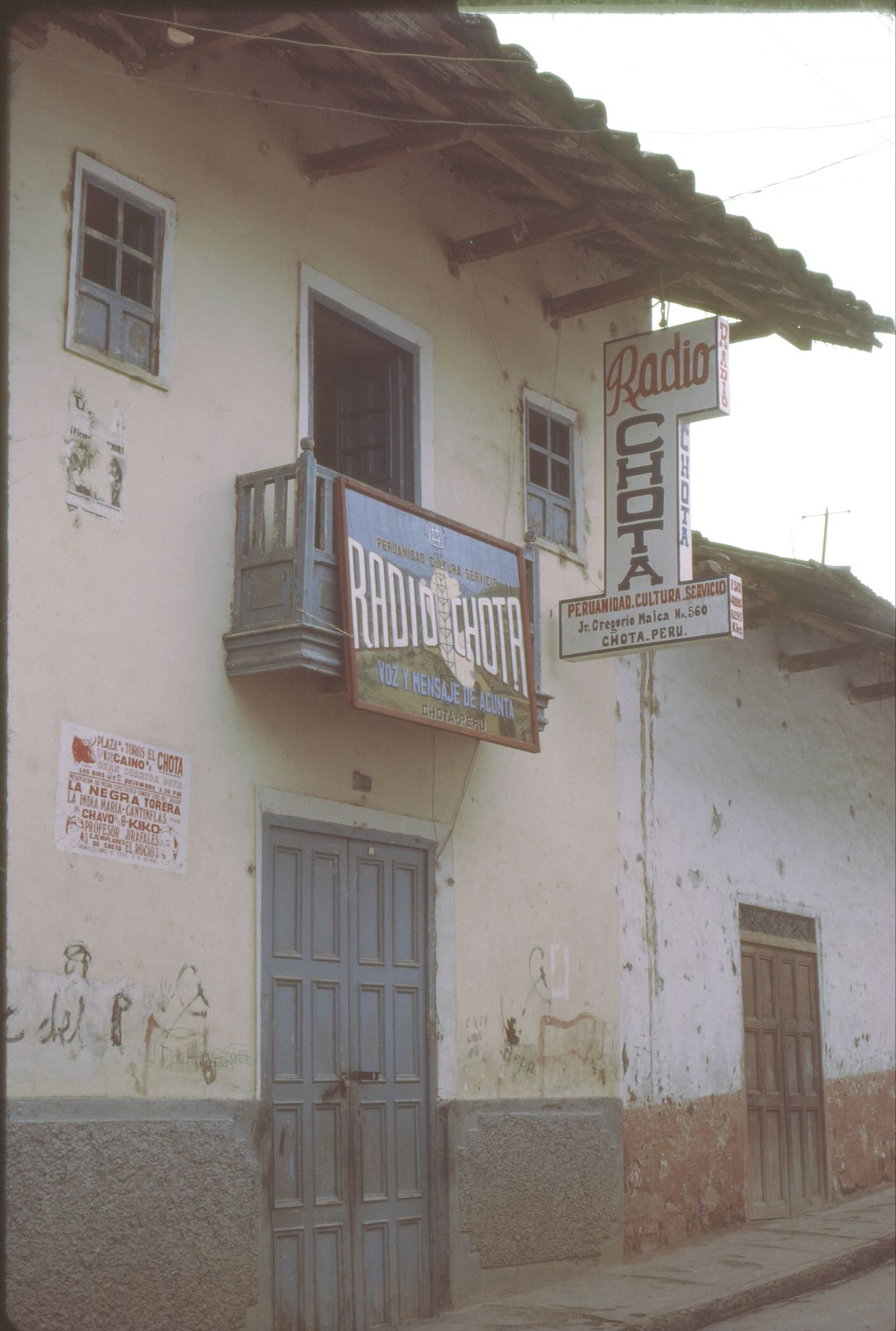
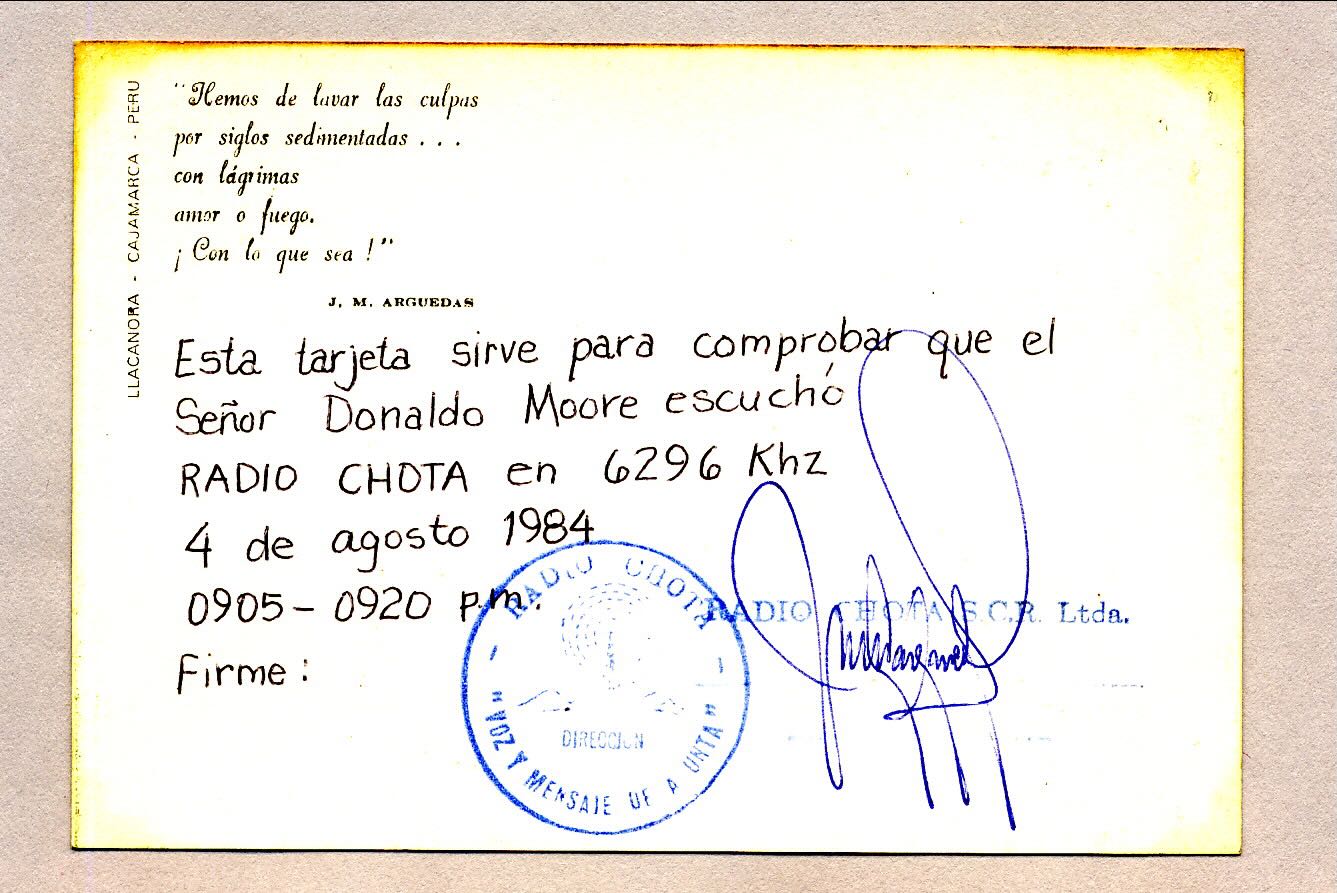
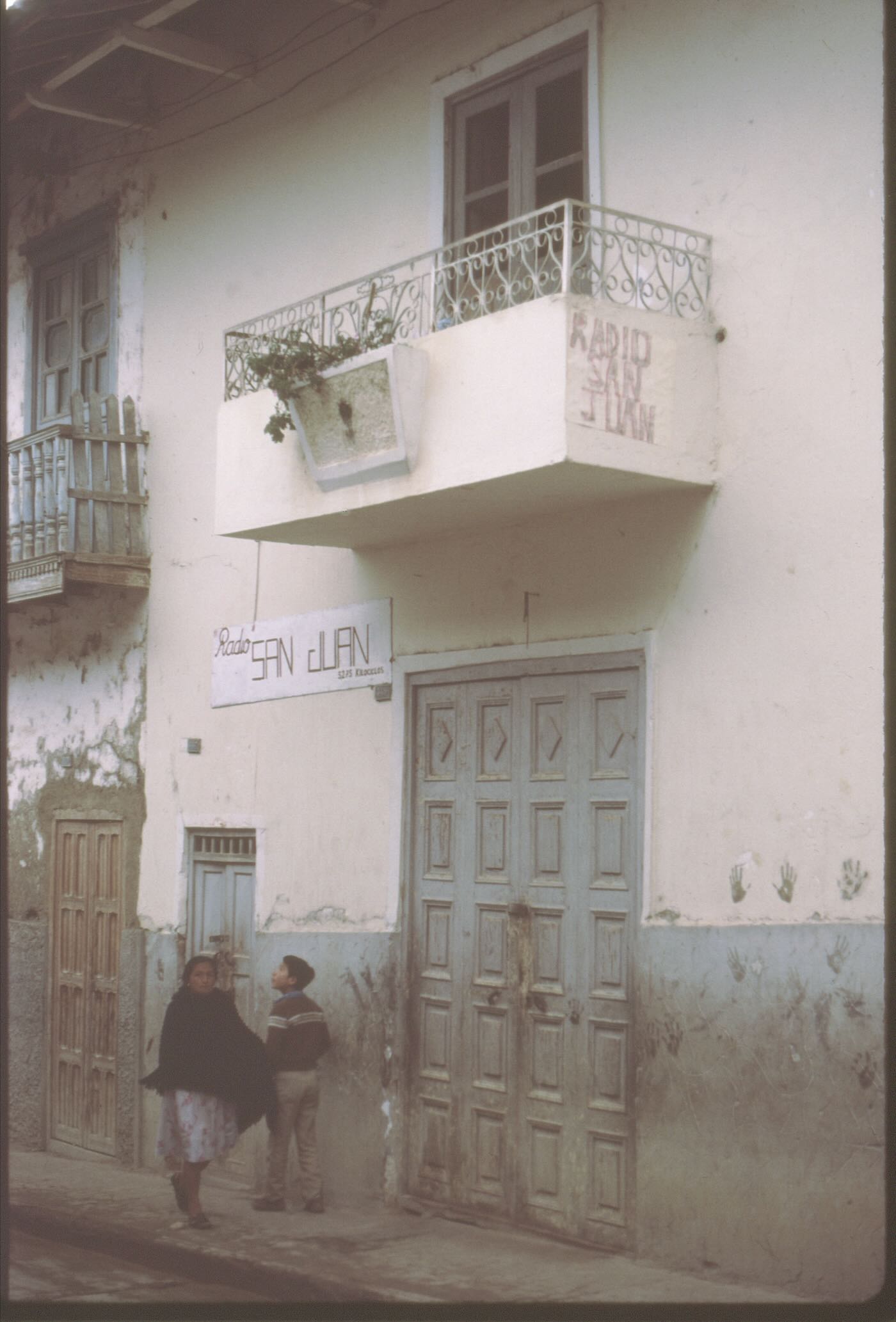
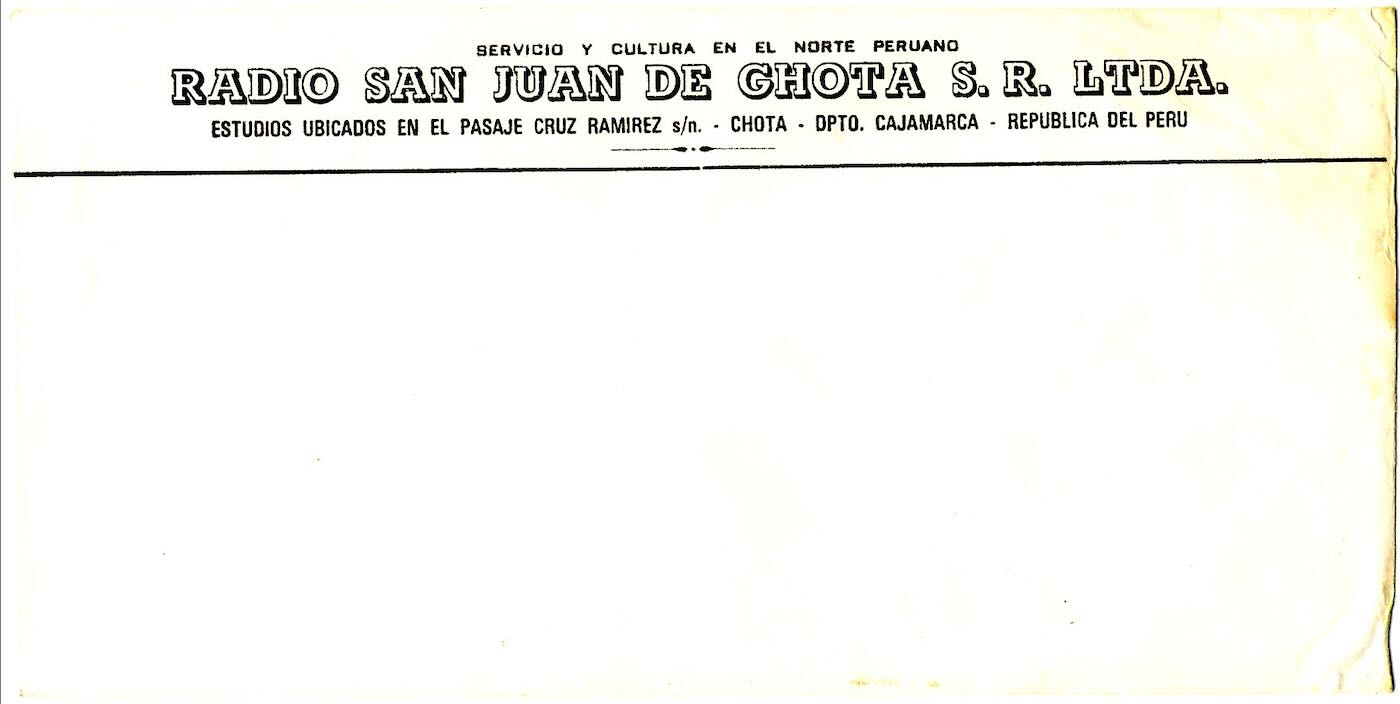
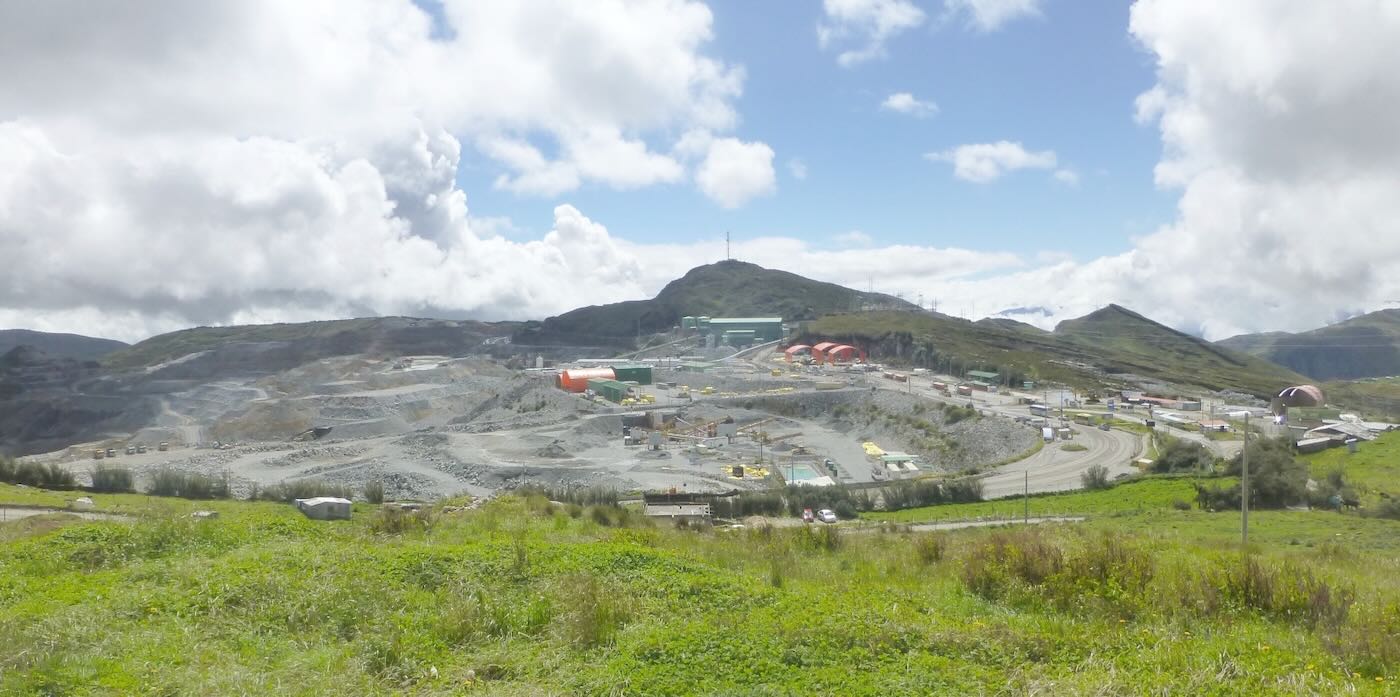
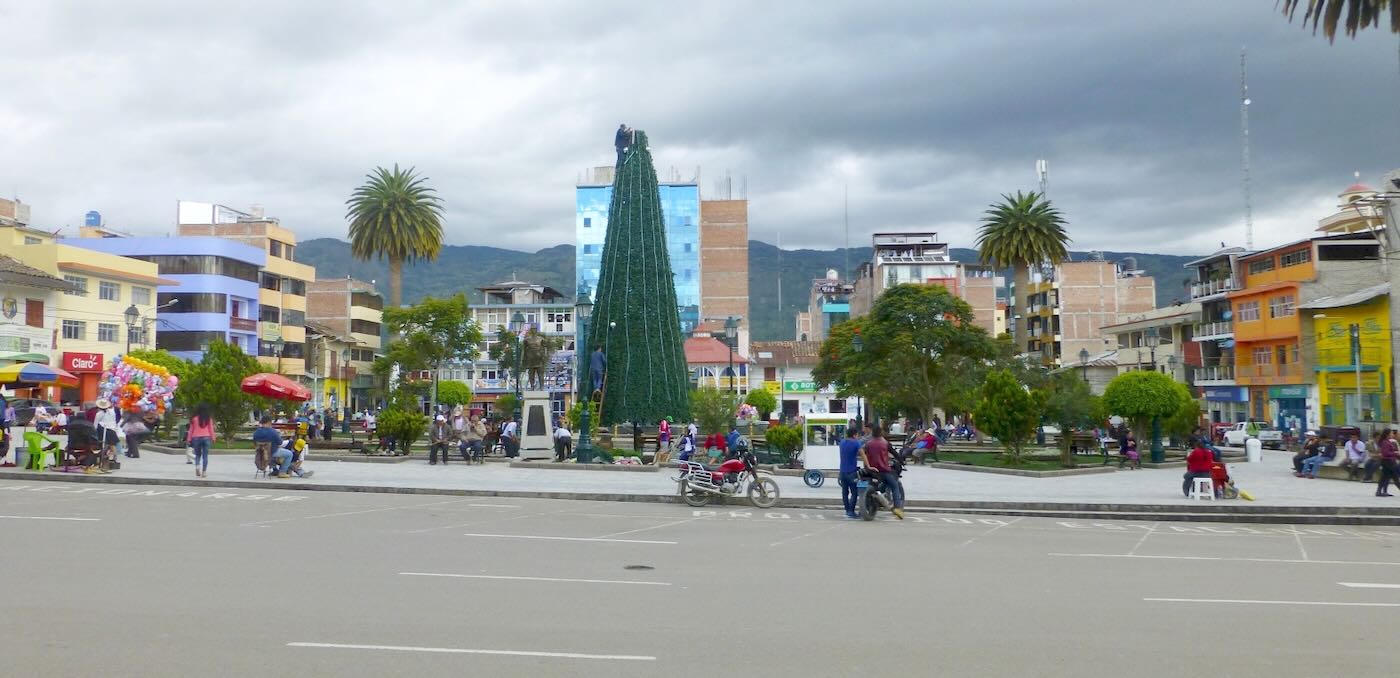
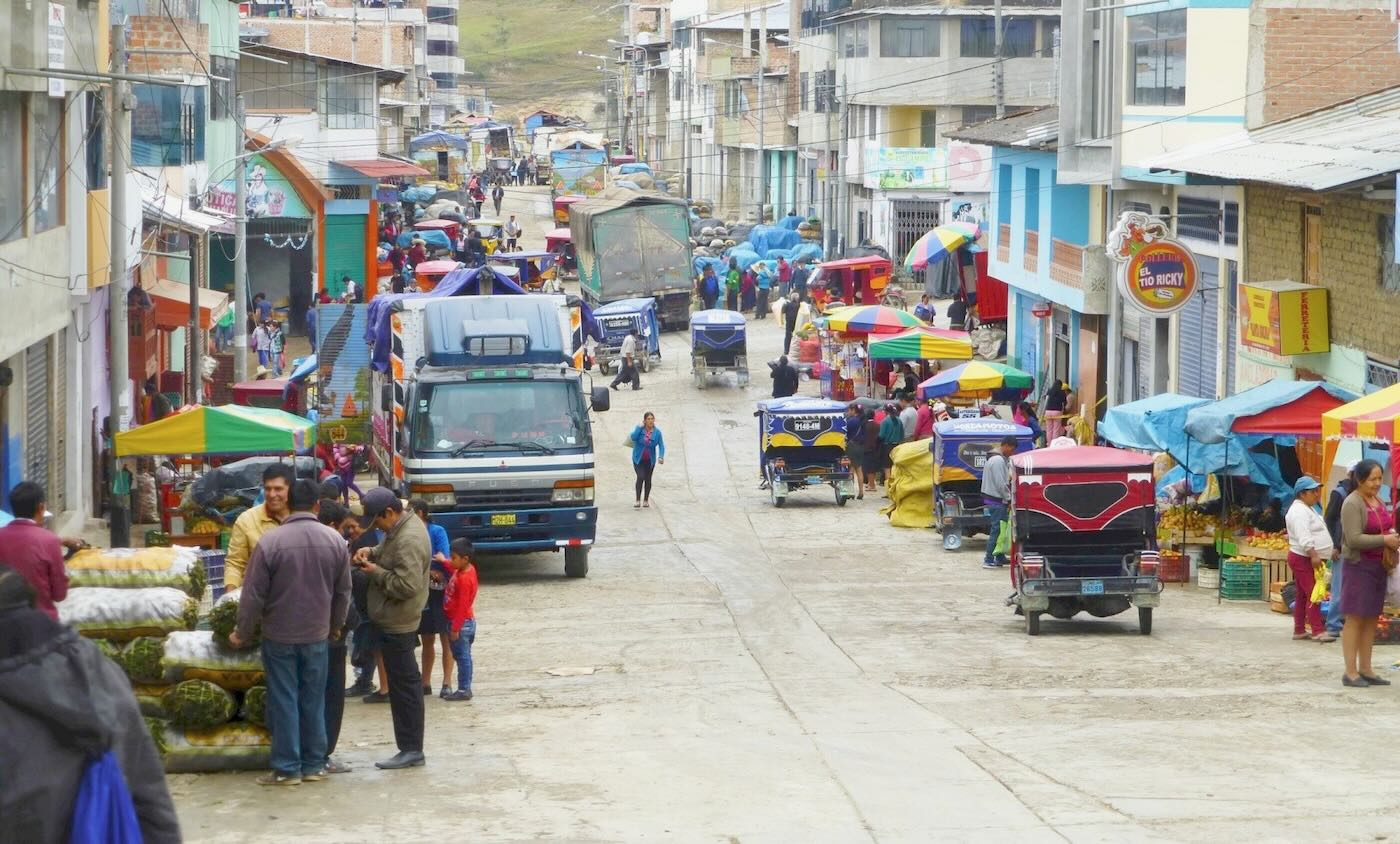
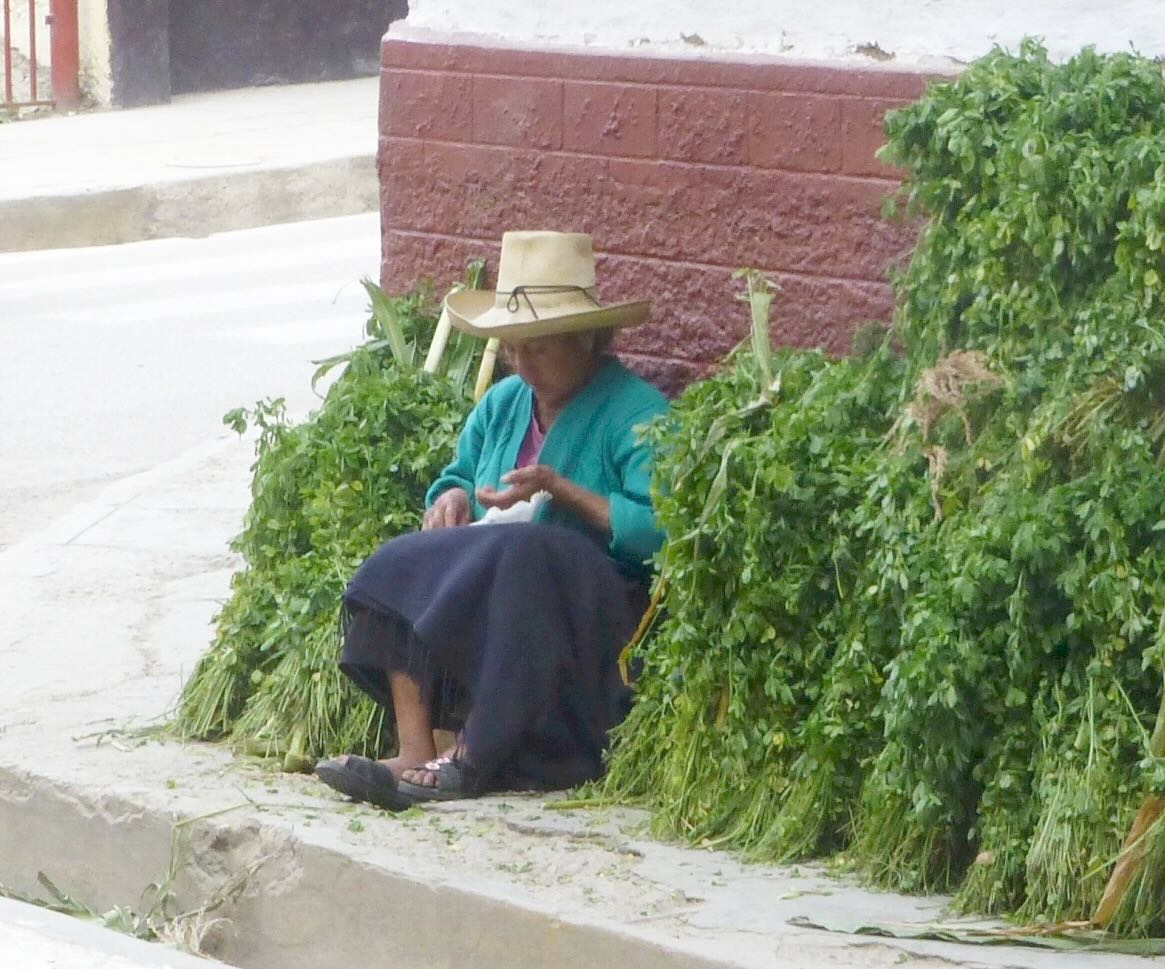
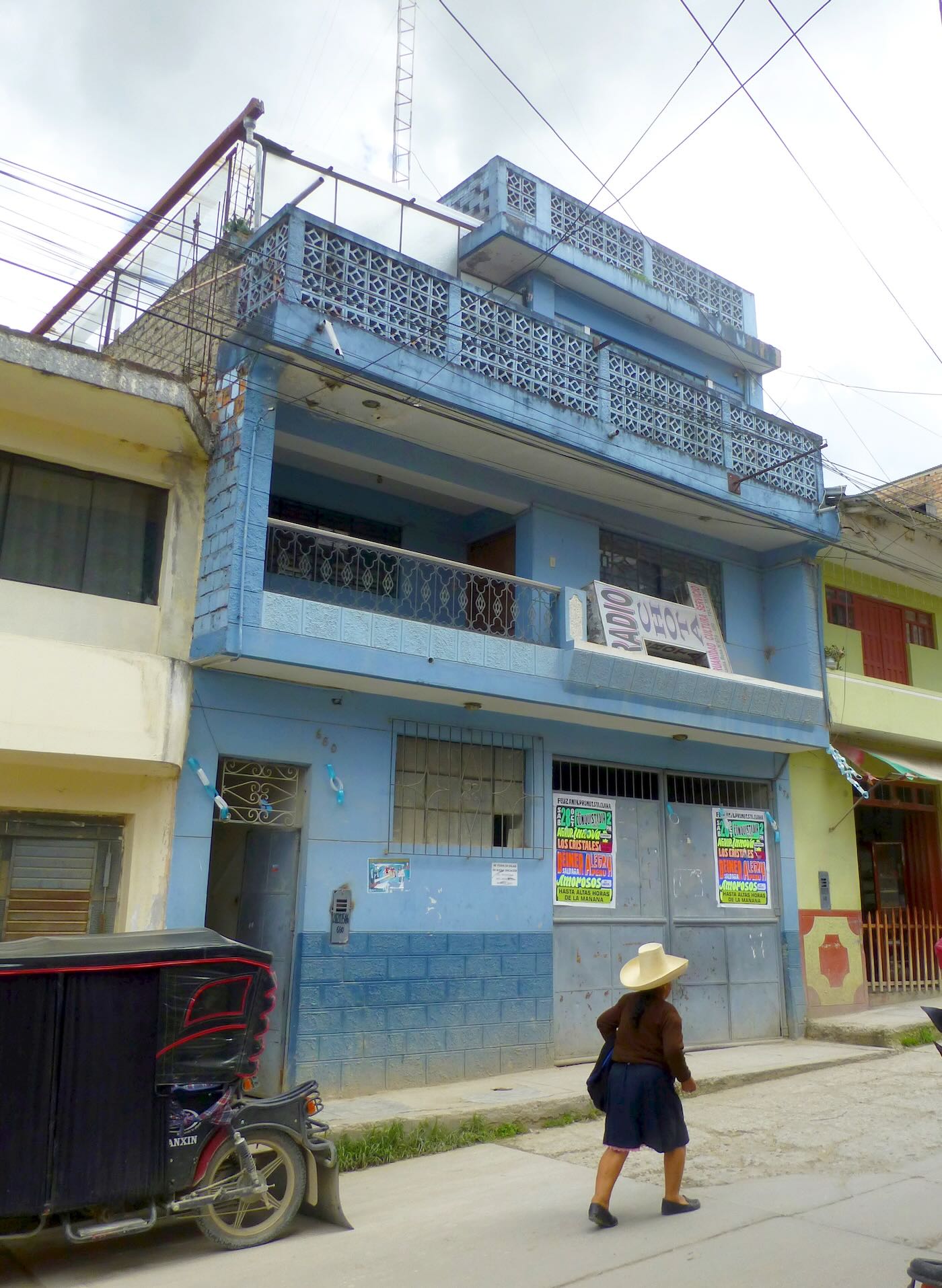
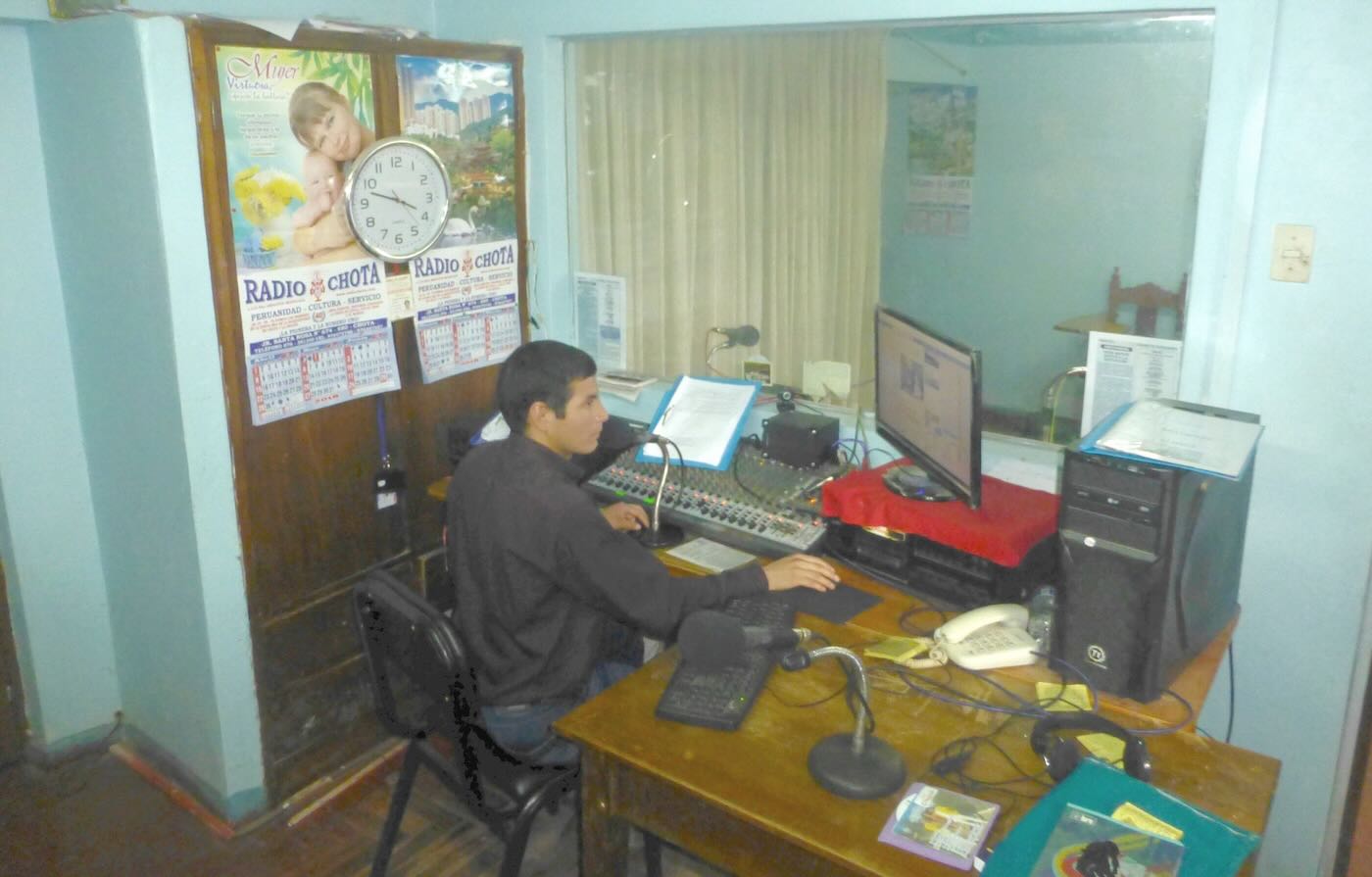
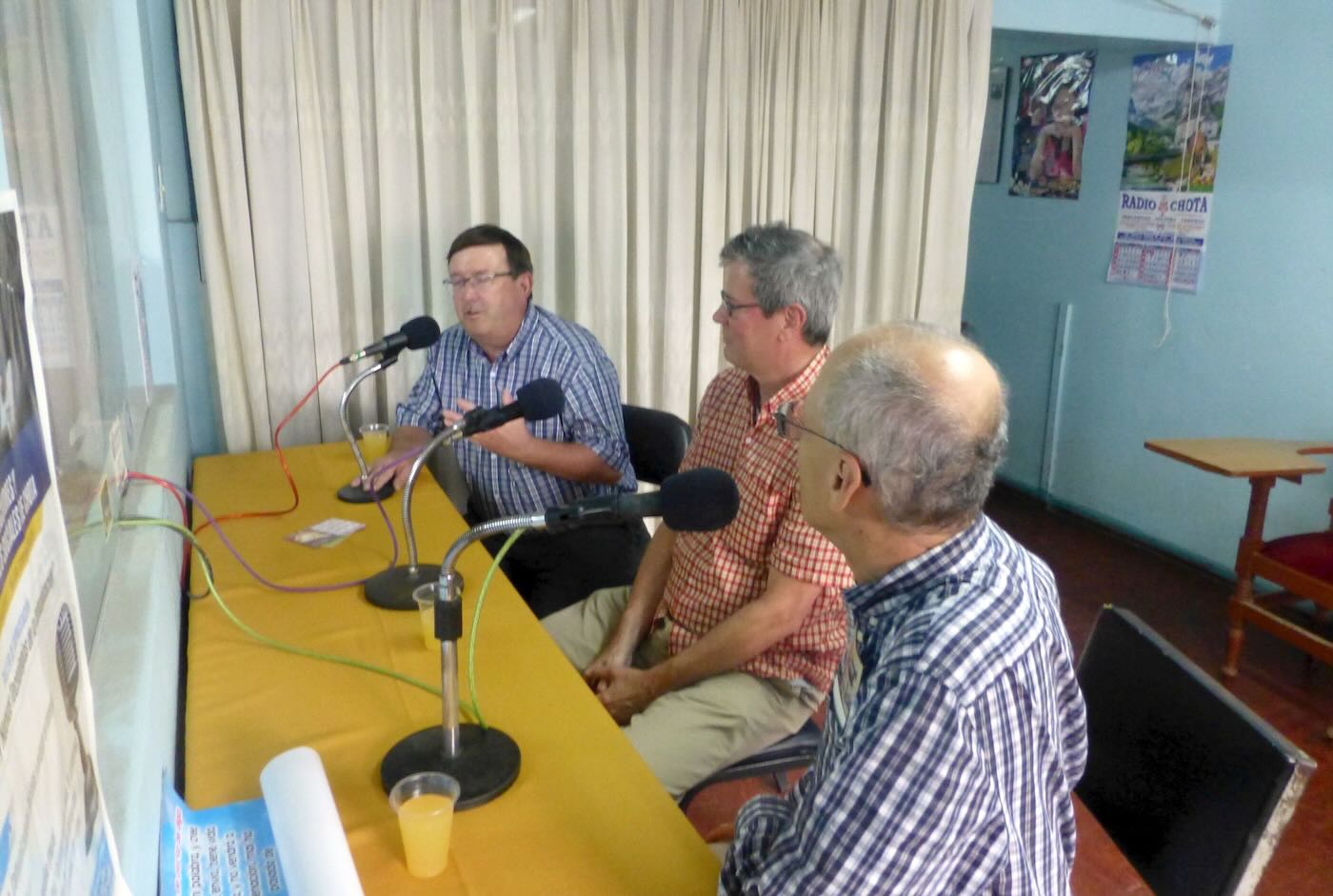
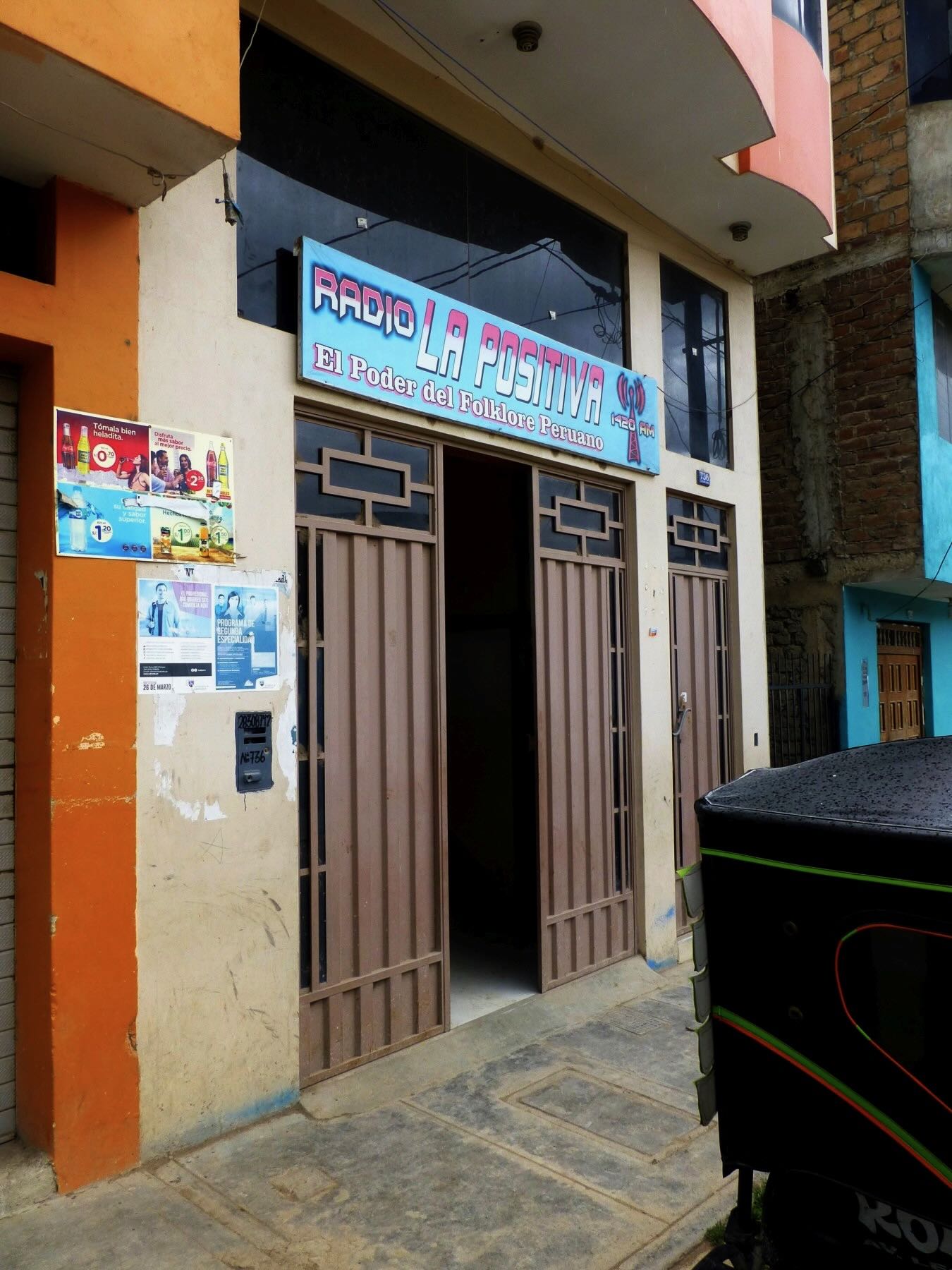
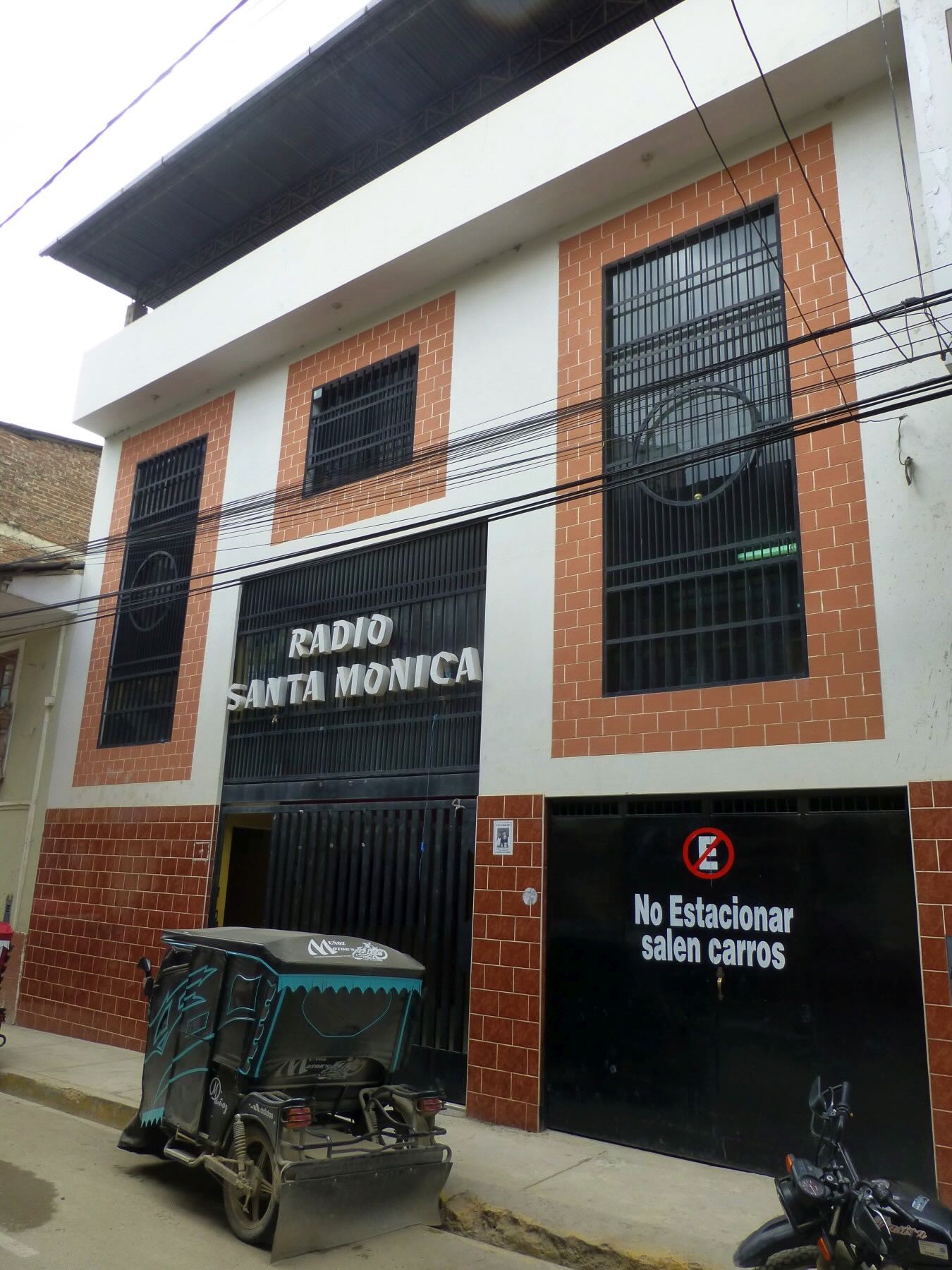
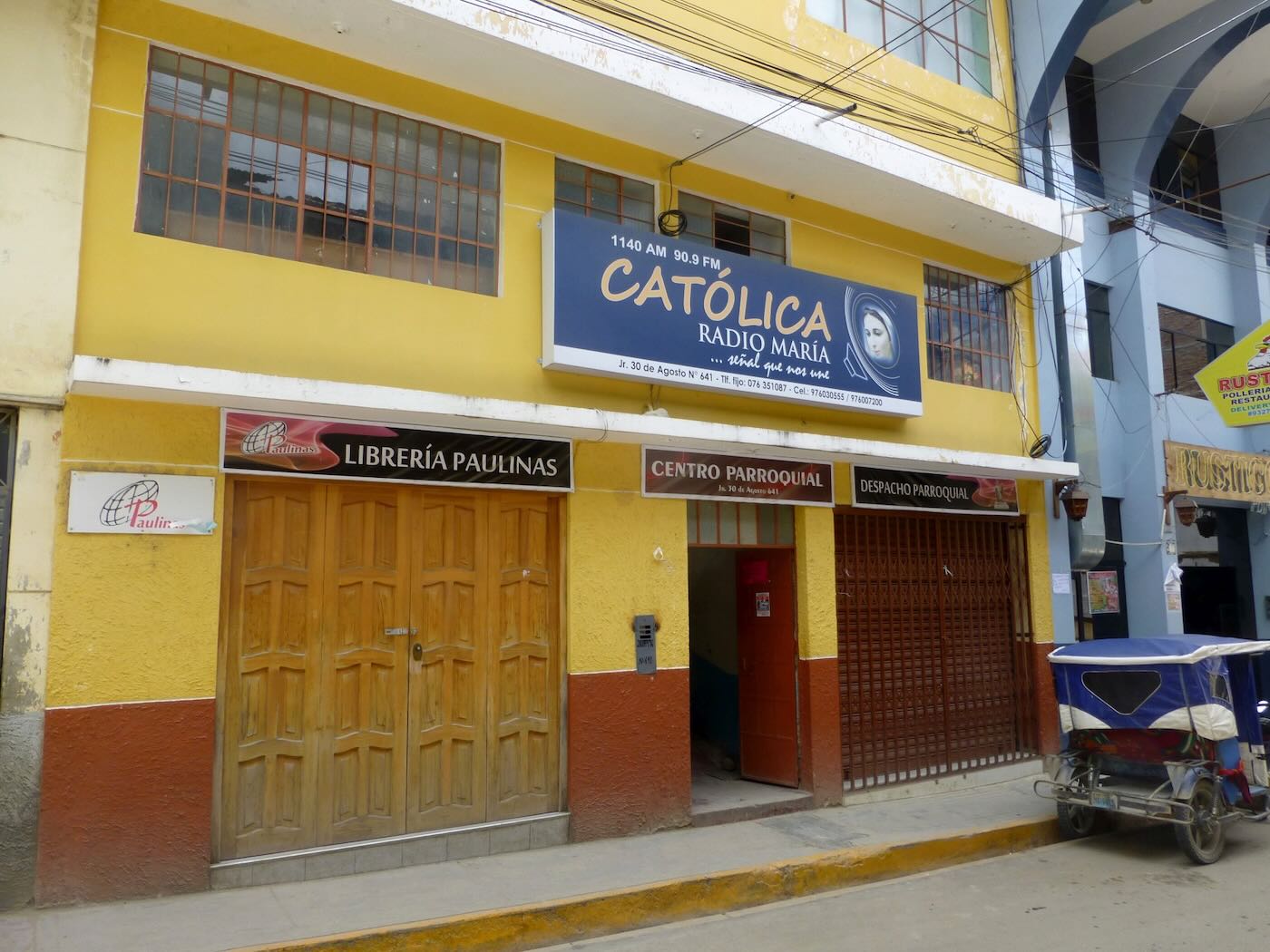
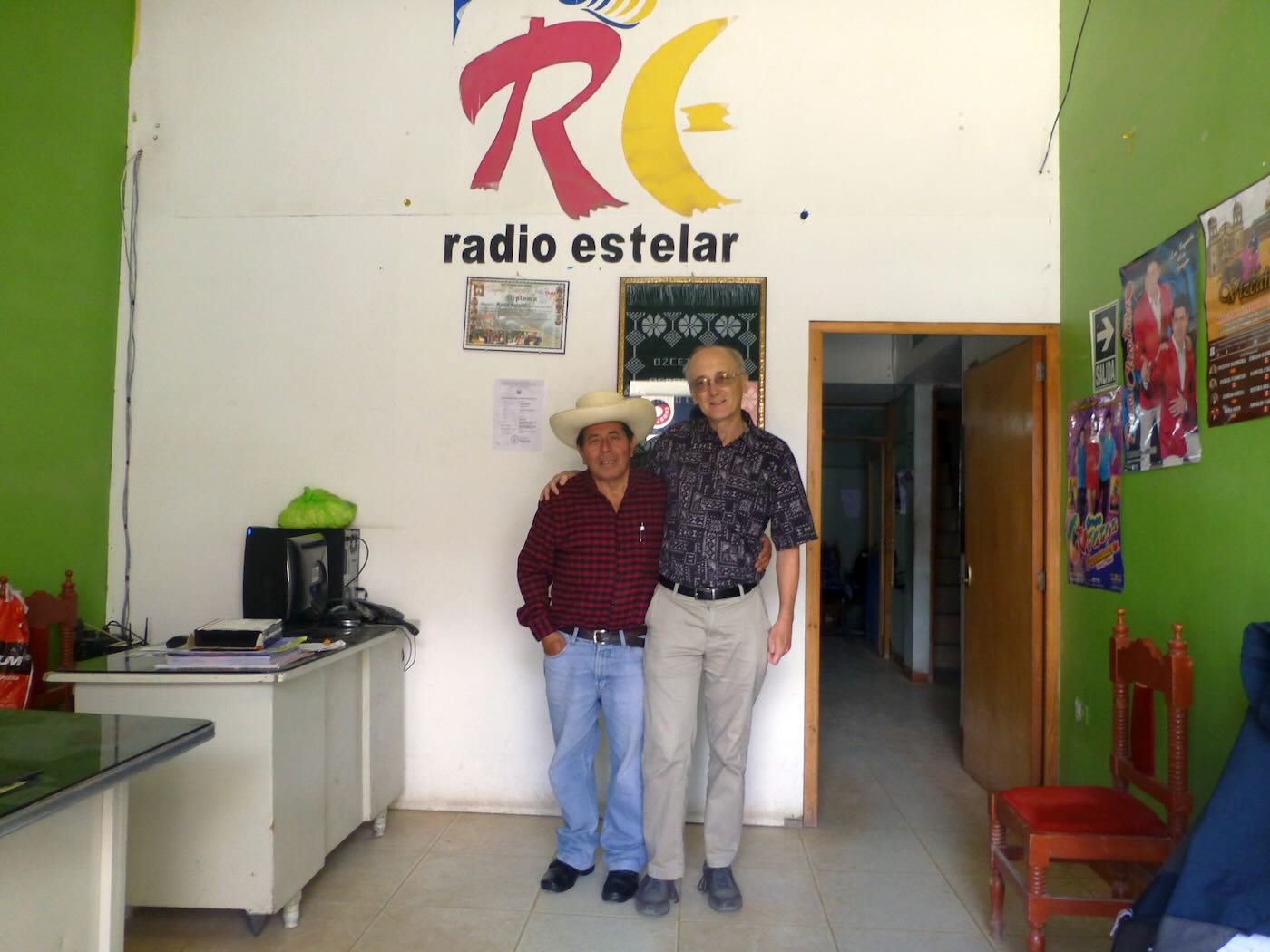
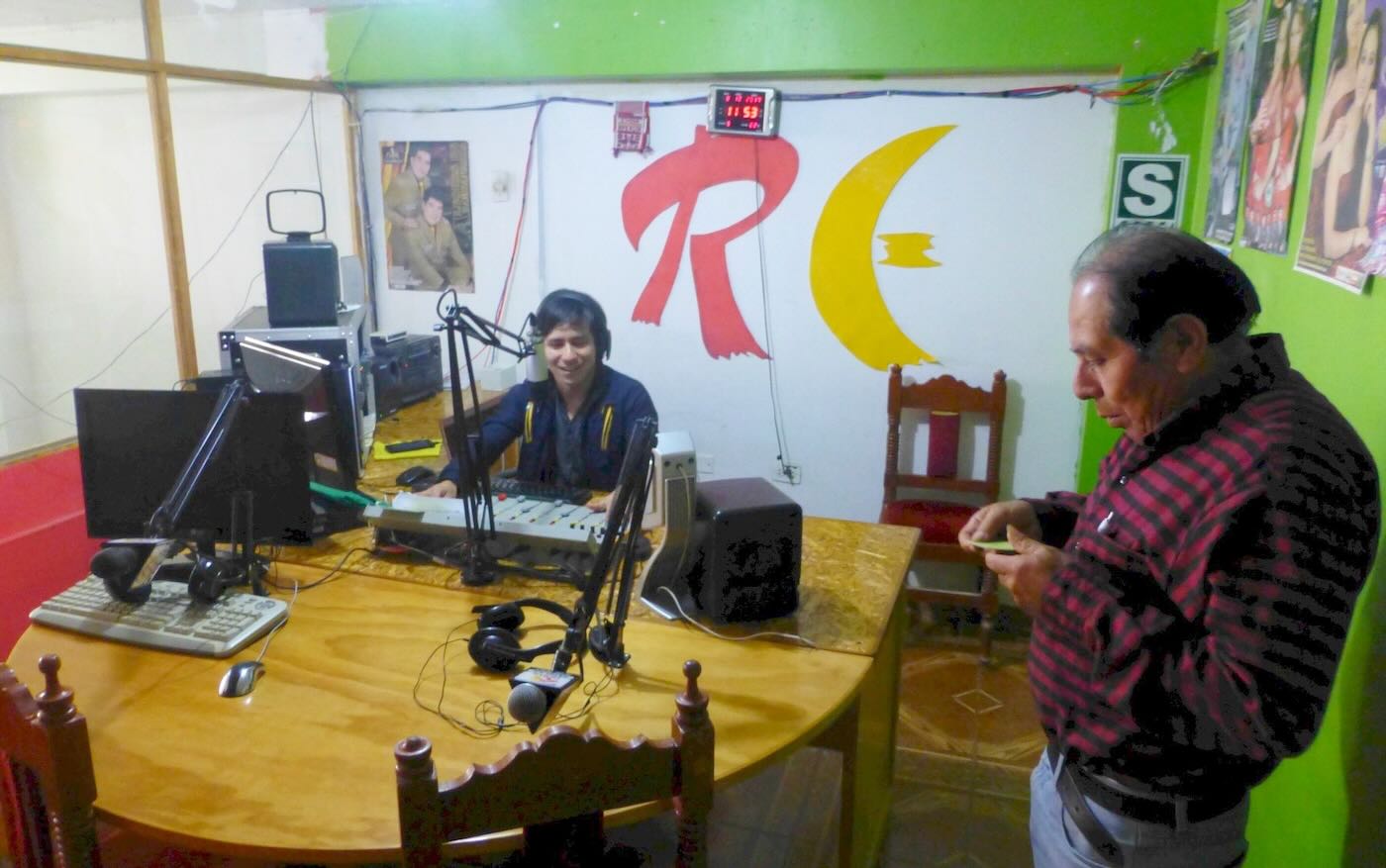
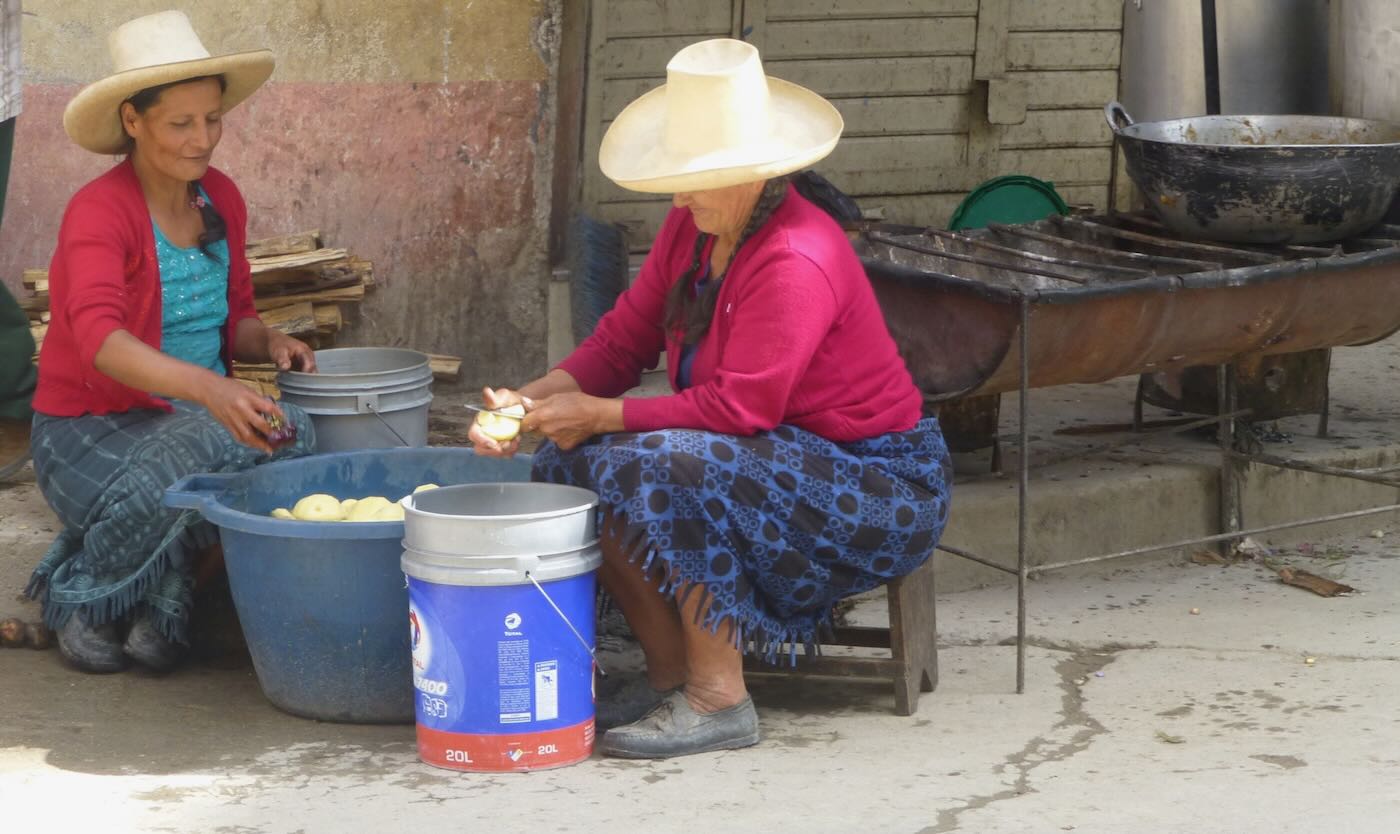
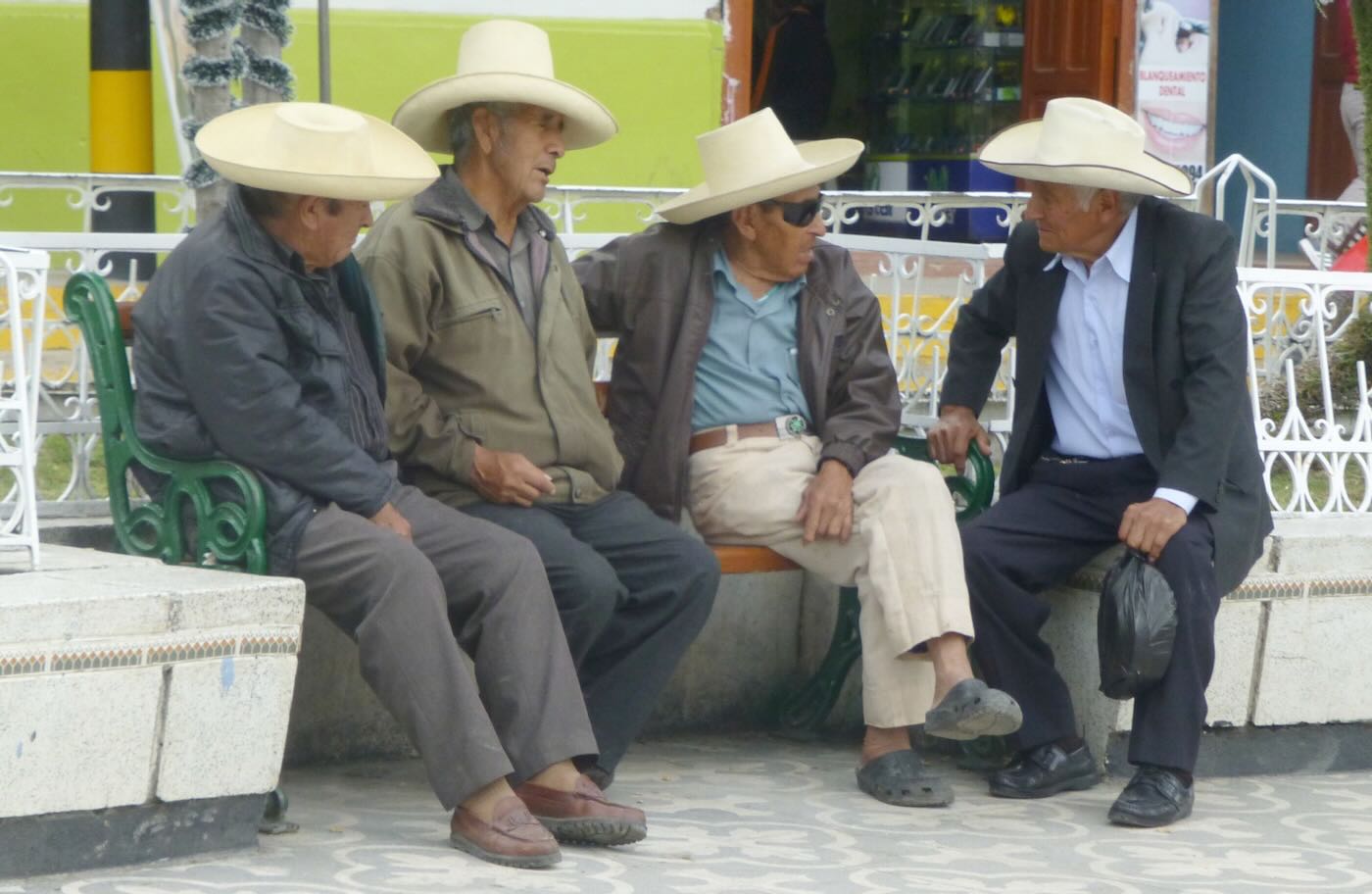
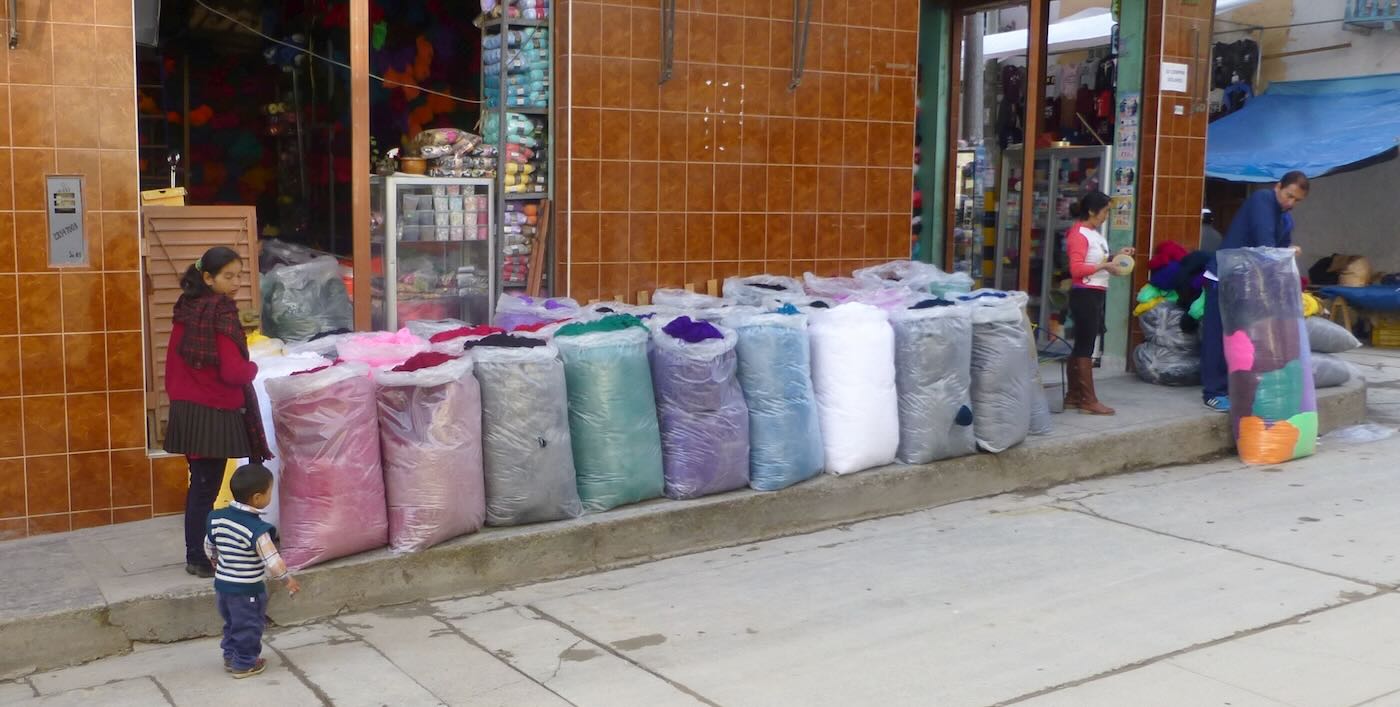
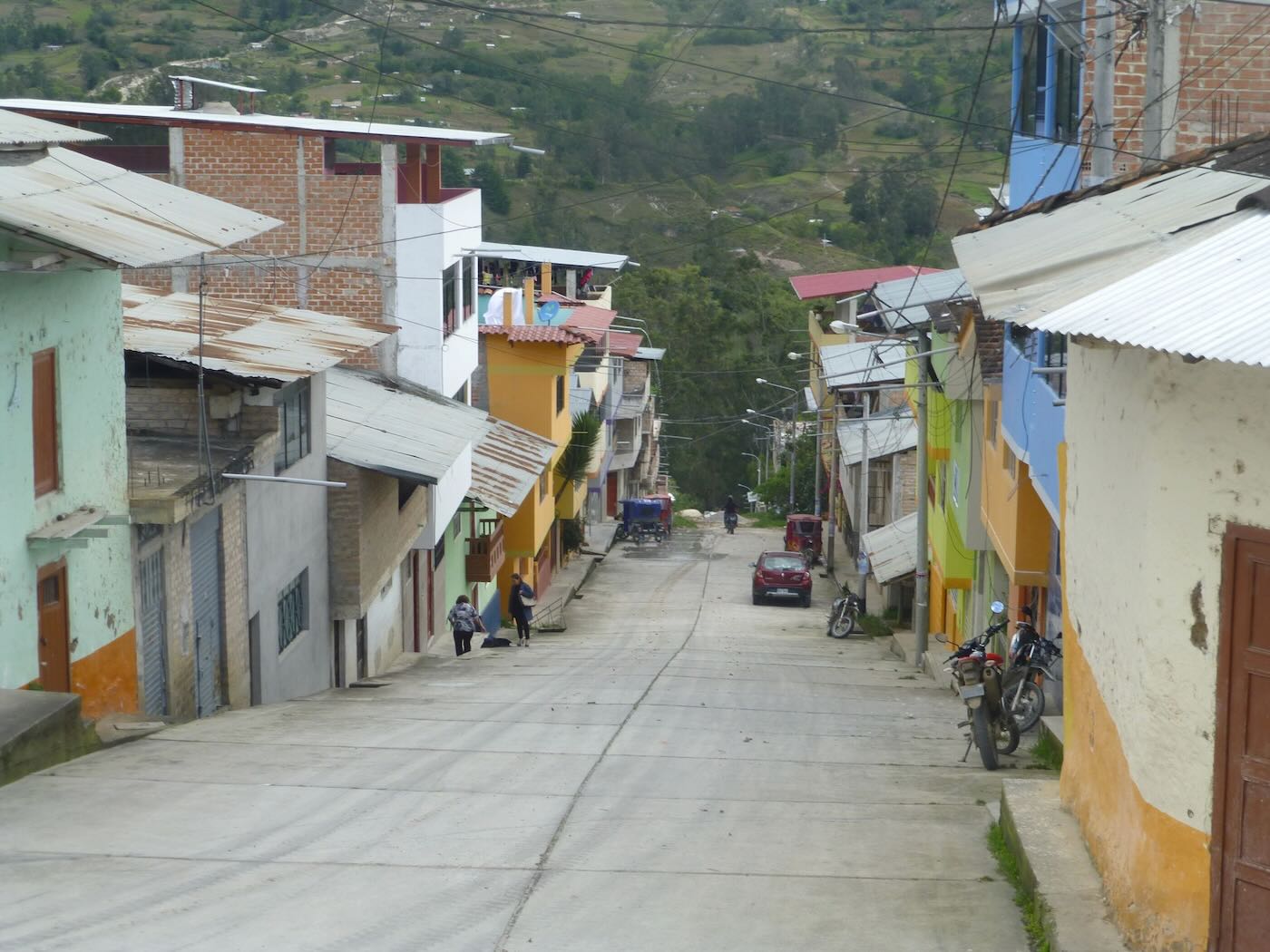
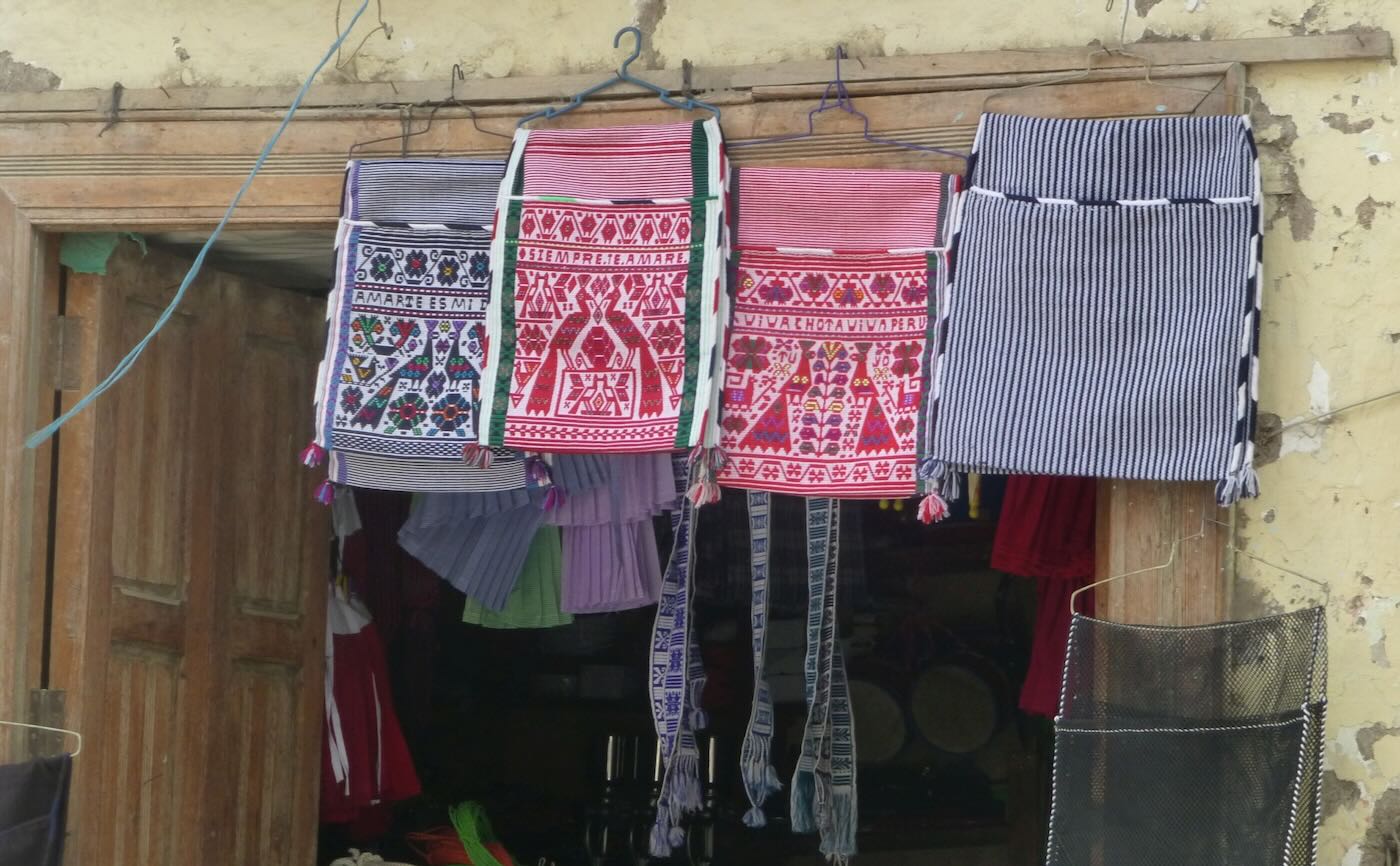
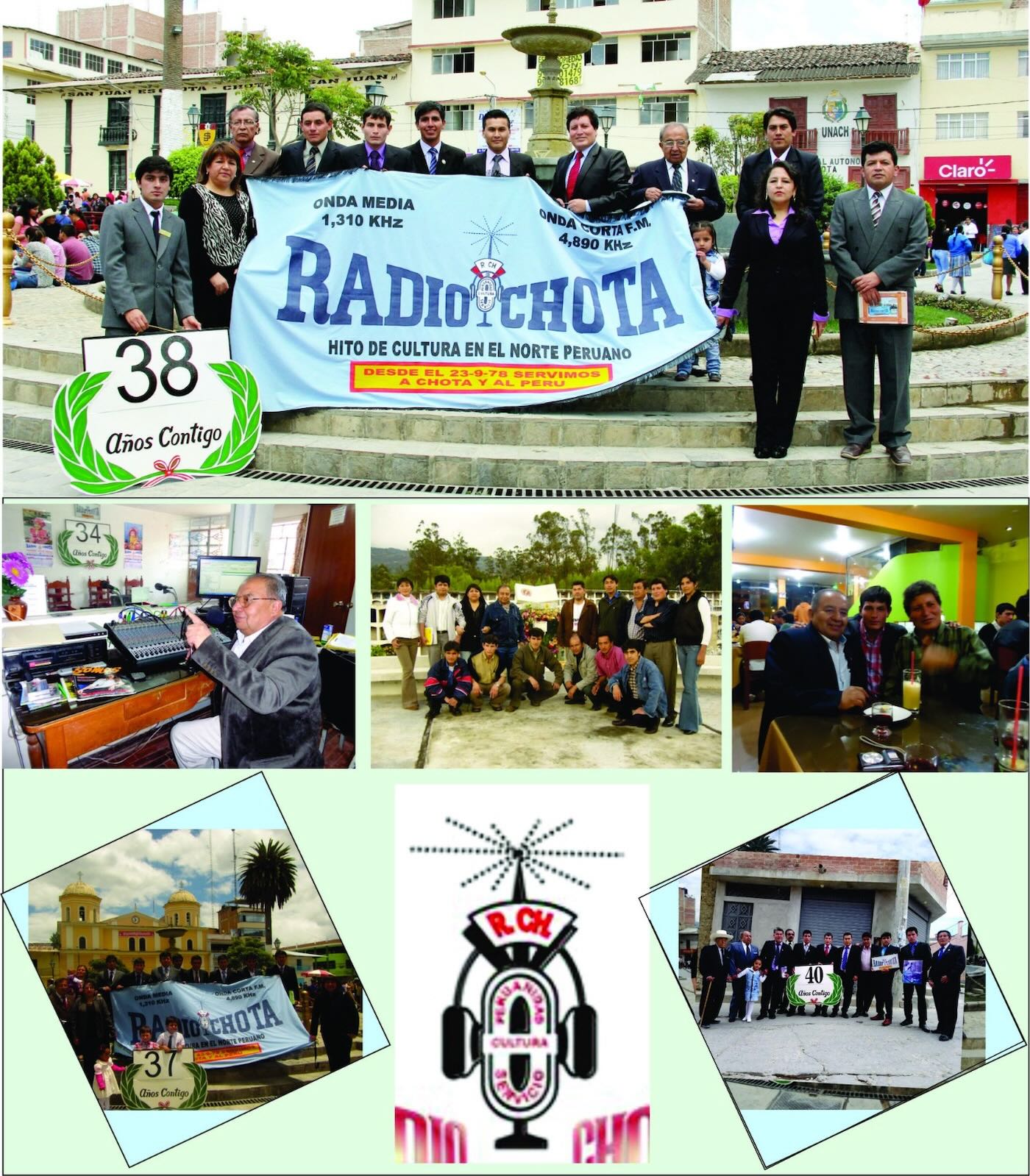
This post captures such a fascinating piece of radio history! I’m curious, how did the transition from shortwave to FM broadcasting in places like Chota change the way people connect with local culture and news?
Thanks Don, enjoyed the article and especially enjoyed scrolling through the PDF on the link provided. Would love to see more pics.
73
Ted
Don, your posts are truly outstanding! Thank you for taking us along on the ride.
I do appreciate the fact that you can share so many of your photos here. It’s amazing to see the differences between your 1980s era photos and those from 2017.
I look forward to each one of your travelogues!
Best,
Thomas